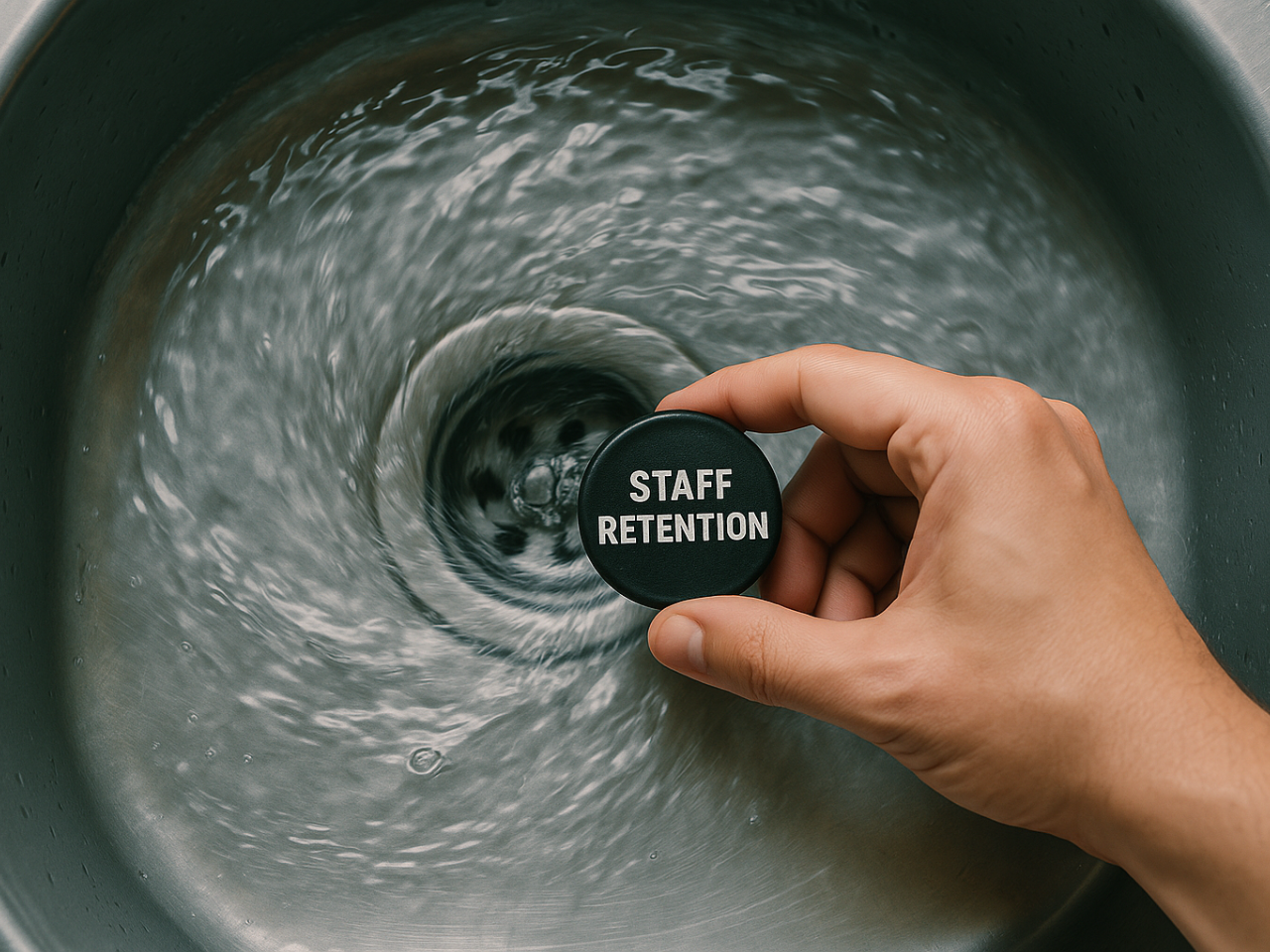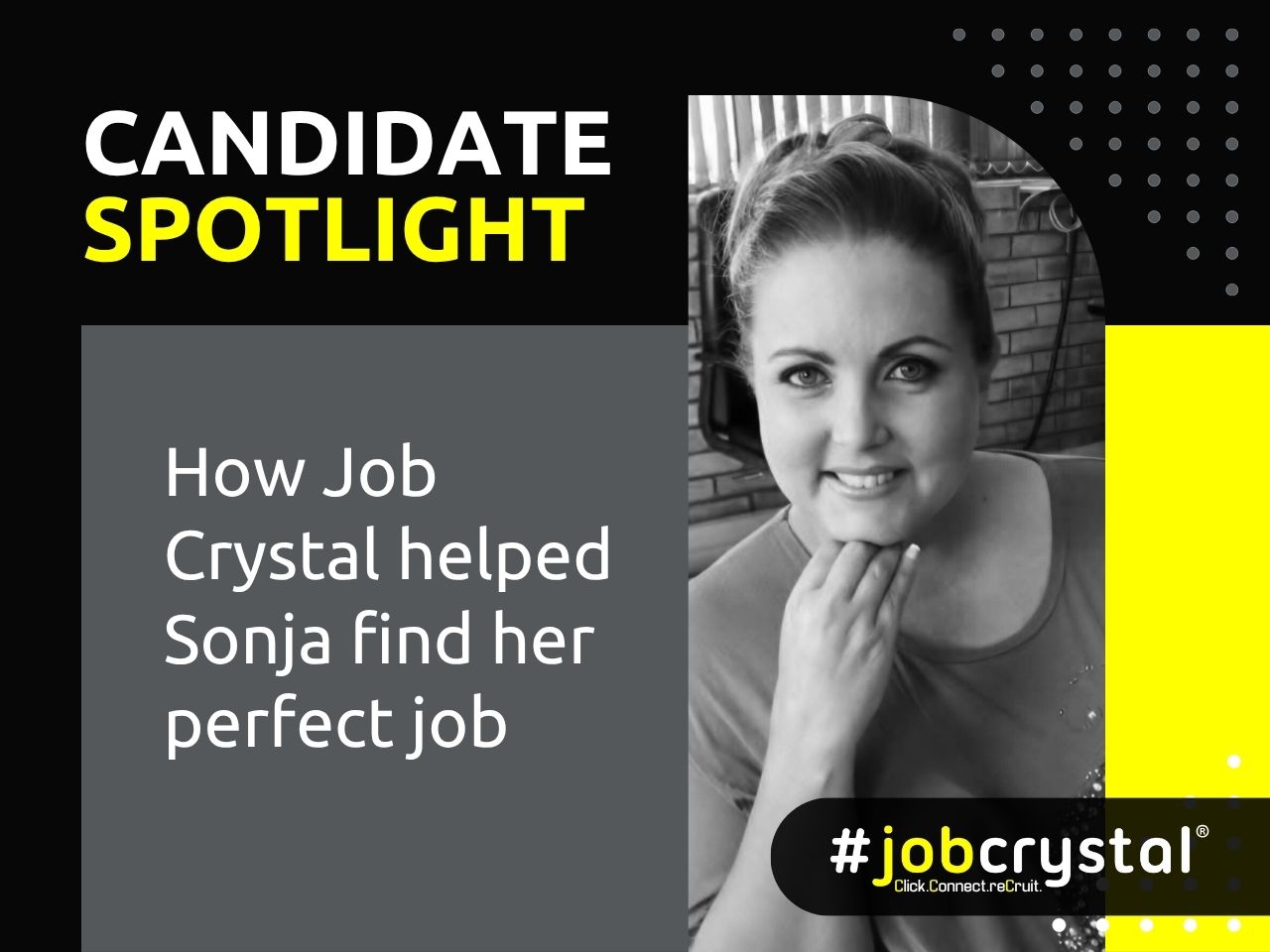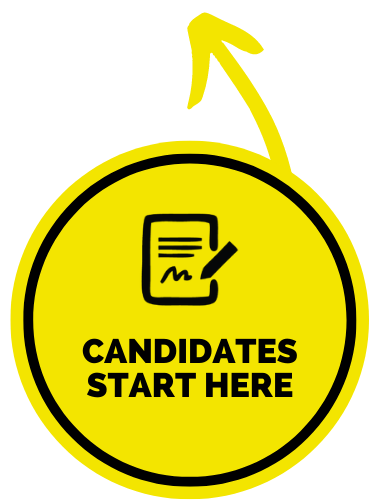
Hiring decisions work best when they’re based on evidence, not hunches. That’s the heart of skills-based hiring – putting the spotlight on what someone can actually do, not just how polished their application looks. CVs still matter as context, but the real confidence comes from verified skills. The payoff? Smarter decisions, stronger teams, and far fewer hiring regrets.
Why skills-based hiring matters now
Work changes fast – job titles, degrees and “must-have” lists don’t always keep up. Skills-based hiring keeps you focused on what’s relevant right now: the capabilities, behaviours, and outputs that actually drive results.
It also cuts through the noise. Keyword-stuffed CVs, prestige bias, and interview small talk can cloud judgment. Skills-based methods strip that away. Think of it as moving from a blurry snapshot to a high-definition picture.
What “skills-based” looks like in practice
This isn’t about ripping up your hiring process – it’s about levelling it up. A skills-first approach can look like this:
- Define the skills map – Pin down 6–10 must-haves for the role, with clear examples. “Turns messy requests into a clear brief” is better than “good communicator.”
- Set a realistic work sample – A short, job-relevant task: an analysis, a prioritisation exercise, a customer email. Real work, not busywork.
- Run a structured interview – Standard questions, scored against a rubric. Less guesswork, more fairness.
- Add a behavioural check – Past examples of performance, measured against the same skills.
- Wrap up with a scorecard – Capture the evidence before debate creeps in.
CVs still give you the backstory – skills-based tools bring the plot to life.
The business case (the bit your CFO cares about)
This isn’t just an HR trend – it’s a measurable upgrade:
- Clearer signals, less wasted time – Early skills screens highlight strong fits and save interview hours.
- More diverse hires – Dropping rigid pedigree filters widens the pool without lowering the bar.
- Faster ramp-up – New hires reach productivity sooner because they’ve already shown they can do the work.
- Better retention – Skills-matched hires are 20–25% more likely to stick around.
Busting the myths
- “It slows things down.” Done right, it’s faster. A 90-minute task beats three meandering interviews.
- “Candidates won’t do it.” The right ones will – especially if the task is short, relevant, and respectful of their time.
- “It’s just for technical roles.” Wrong. Sales, operations, marketing, finance – all can be assessed with role-relevant tasks.
- “It removes the human touch.” Not at all. You’ll still meet people – you’ll just meet the right ones sooner.
How to design a fair work sample
The golden rule: make it short, relevant, and scored.
- Short – 60–90 minutes max. Nobody should need to sacrifice a weekend.
- Relevant – Reflect the job, not abstract puzzles.
- Scored – Define what “great,” “good,” and “needs work” look like before you review.
- Accessible – No fancy tools or insider knowledge needed.
If you can imagine a new hire doing it in week one, it’s fair.
Measuring impact
If you want buy-in, show the numbers. Track:
- Time-to-first-decision – How quickly you move from application to first call.
- Ramp-up time – How long until a hire is fully productive.
- Offer acceptance rate – Transparent, skills-led processes attract serious candidates.
- First-year retention – The ultimate proof the process is working.
- Interviewer alignment – Score consistency improves as the system matures.
Check monthly, refine quarterly.
Making the shift
You don’t need a revolution. Start small:
- Pilot one role – High-volume or high-value roles are best.
- Show results – Share wins on productivity and reduced churn.
- Template it – Turn your pilot into a reusable kit of skills maps and rubrics.
- Link the tech – Capture results in your ATS so the data lives where you need it.
Where CVs fit in a skills-first world
CVs aren’t disappearing – they still provide valuable context and career history. They’re just no longer the final word. In a modern hiring process:
- CVs set the scene.
- Skills-based methods reveal the performance.
Together, they give you a recruitment process that’s faster, fairer, and future-ready.
Bottom line
Skills-based hiring is more than a buzzword – it’s a practical upgrade. Keep the strengths of CVs, add the clarity of skills, and you’ll make better hiring calls – with less stress, less bias, and far fewer surprises.
About Job Crystal
At Job Crystal, we’re revolutionising recruitment with AI that’s swift and precise. Our mission? To supercharge hiring without compromising the human touch. By fusing cutting-edge tech with transparency and collaboration, we deliver AI-driven solutions that take care of the hard stuff, giving you more time for the parts of hiring a machine just can’t do.
About The Author

Sasha Knott, CEO
With 25+ years in the tech game, spanning Financial Services and E-Commerce, Sasha is a strategic powerhouse and a tech visionary. Always chasing the next big thing in recruitment, she’s the dreamer driving Job Crystal straight into the future – because why follow trends when you can set them?
Recent Posts

Employee Retention: Why Finding Talent Is Just Half the Battle

Job Crystal Named Most Innovative RecTech South Africa 2025 – Here’s What It Means

No More Maybes: How to Stand Out to Recruiters

Hiring Trends: Why September Is Your Sweet Spot for Smart Hiring






